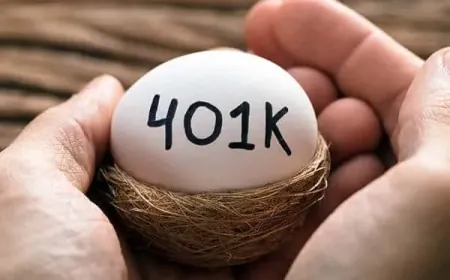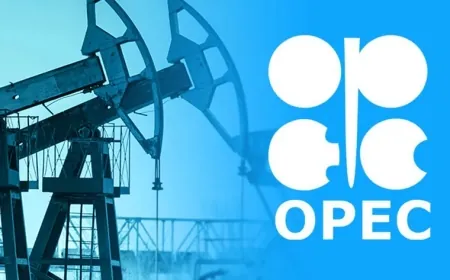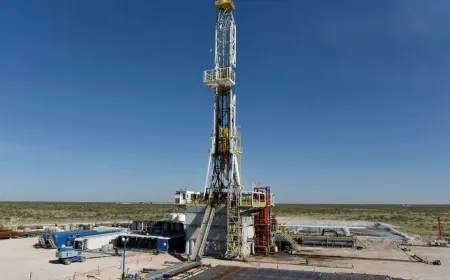Oil Prices Stabilize as OPEC+ Prepares for Critical Supply Meeting
Oil prices steady as OPEC+ prepares to discuss supply decisions. Brent crude trades at $72, with market focus on Thursday's key meeting outcomes.

Oil prices steadied after a recent drop, with attention now turning to the OPEC+ meeting scheduled for Thursday. The coalition is widely expected to delay any decision to boost output, aiming to maintain stability in an already well-supplied market.
Brent crude is trading above $72 per barrel following a nearly 2% decline on Wednesday, while West Texas Intermediate (WTI) sits below $69. The Organization of the Petroleum Exporting Countries and its allies are reportedly leaning toward postponing plans for increasing supply to prevent an oversupply scenario in 2025.
Recent U.S. data painted a mixed picture of the oil market. Commercial stockpiles dropped by over 5 million barrels, marking the largest weekly decline since August. However, U.S. oil production reached a record high, exceeding 13.5 million barrels per day—a stark contrast to Saudi Arabia’s production of approximately 9 million barrels per day.
Crude prices have remained in a narrow range since mid-October, with market volatility easing. Various factors are influencing prices, including weaker-than-expected demand from China and potential geopolitical shifts, such as the possibility of a second Donald Trump presidency. Analysts suggest that such a development could bolster domestic oil production in the U.S. while imposing stricter sanctions on oil flows from Iran and Venezuela.
“OPEC+ appears to be in a precarious position. With the likelihood of increased U.S. production under a potential Trump administration in 2025, the group’s ability to keep prices buoyant could face significant challenges,” said Yeap Jun Rong, a market strategist at IG Asia. “The worst-case scenario for prices would be if OPEC+ decides not to extend its current output cuts.”
Last month, Iran’s representative to OPEC+ stated that the group had limited options to reverse its output cuts. These remarks, critical for a founding member of the coalition, were later retracted. The comments highlighted tensions within OPEC+ as it contends with rising supply from non-member nations like the United States.
Market participants will closely monitor the outcome of Thursday’s meeting, which could set the tone for oil prices heading into 2024. OPEC+ faces a balancing act: maintaining market stability while navigating external pressures and internal disagreements. As the global energy landscape evolves, the group’s decisions will remain pivotal for traders and policymakers alike.
Also Read: Oil Prices Steady Ahead of OPEC+ Meeting and Middle East Cease-Fire Talks





























































